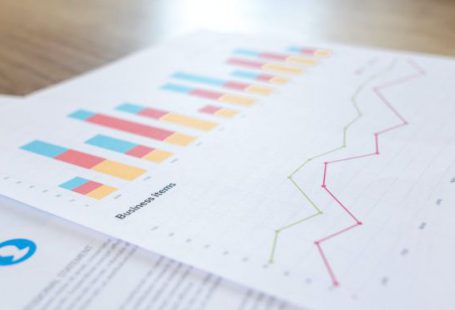Financial planning is an essential aspect of managing one’s personal or business finances. It involves analyzing current financial situations and making projections for the future. One effective tool in financial planning is scenario analysis, which helps individuals and businesses evaluate different potential outcomes and make informed decisions.
Scenario analysis involves creating different scenarios or situations based on possible future events or changes in circumstances. These scenarios can vary in terms of their impact on finances, such as changes in income, expenses, investment returns, or market conditions. By analyzing these scenarios, individuals and businesses can assess the potential risks and opportunities and develop strategies to mitigate risks and capitalize on opportunities.
One common scenario in financial planning is the analysis of retirement savings. Individuals need to consider various factors, such as their current savings, expected future income, and living expenses. By creating different scenarios based on these factors, individuals can determine if they are on track to meet their retirement goals or if adjustments need to be made, such as increasing savings or adjusting retirement age.
Another scenario analysis involves business financial planning. Businesses need to consider different scenarios, such as changes in sales volume, pricing, or costs. By creating scenarios based on these variables, businesses can assess the potential impact on profitability and cash flow. This analysis helps businesses make informed decisions, such as adjusting pricing strategies, optimizing costs, or exploring new revenue streams.
Scenario analysis can also be used for investment planning. Investors need to consider different market conditions and potential changes in investment returns. By creating scenarios based on different market scenarios, investors can assess the potential risks and returns of their investment portfolios. This analysis helps investors make informed decisions, such as diversifying their portfolios, adjusting asset allocations, or exploring alternative investment options.
In addition to evaluating potential outcomes, scenario analysis also helps individuals and businesses identify potential risks and develop contingency plans. By assessing the worst-case scenarios, individuals and businesses can take proactive measures to mitigate risks and protect their financial well-being. This could involve setting up emergency funds, purchasing insurance coverage, or implementing risk management strategies.
Scenario analysis is not about predicting the future with certainty, but rather about preparing for different possibilities. It helps individuals and businesses make informed decisions by considering a range of potential outcomes and their associated risks and opportunities. This approach allows for flexibility and adaptability in financial planning, as individuals and businesses can adjust their strategies based on changing circumstances or new information.
It is important to note that scenario analysis is not a crystal ball that guarantees success or eliminates all risks. However, it provides valuable insights and helps individuals and businesses make more informed decisions. By considering a range of potential scenarios, individuals and businesses can be better prepared to navigate uncertainties and achieve their financial goals.
In conclusion, financial planning scenario analysis is a powerful tool that helps individuals and businesses evaluate different potential outcomes and make informed decisions. By creating scenarios based on various factors and events, individuals and businesses can assess risks, identify opportunities, and develop strategies to achieve their financial goals. While scenario analysis does not eliminate uncertainties, it provides valuable insights that can guide financial planning and decision-making.



